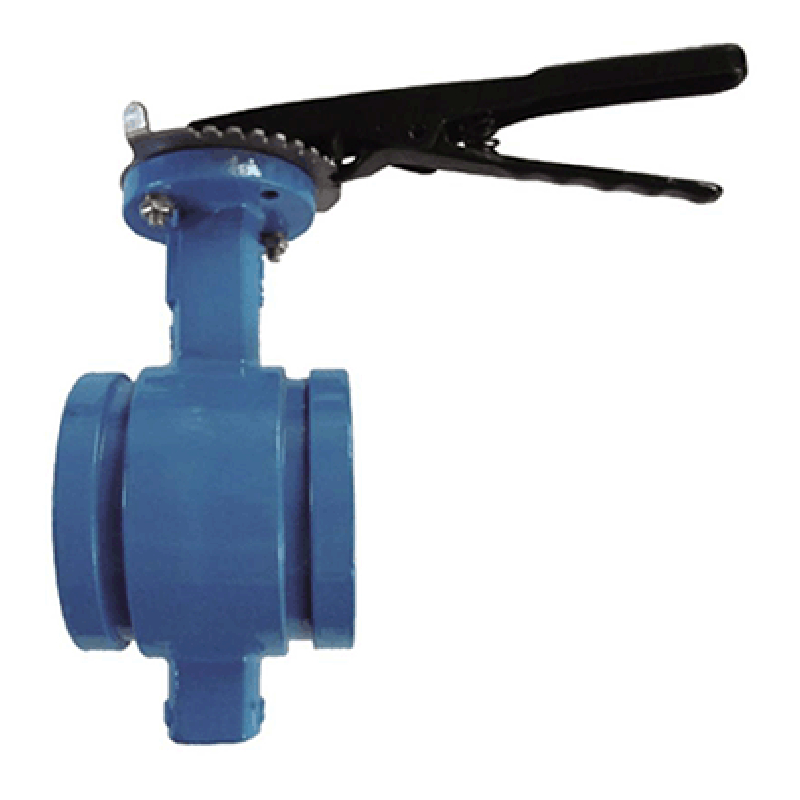Nov . 24, 2024 14:02 Back to list
rubber lined butterfly valve
Understanding Rubber Lined Butterfly Valves
Butterfly valves are essential components in various industrial processes, providing efficient flow control and isolation in pipelines. Among the different types available, rubber lined butterfly valves stand out due to their unique design and materials, which offer specific advantages for certain applications.
What is a Rubber Lined Butterfly Valve?
A rubber lined butterfly valve consists of a circular disc mounted on a shaft, which is rotated to control the flow of fluid through a pipeline. The distinct feature of this valve is its rubber lining, which coats the interior surfaces of the valve body and the disc. This lining serves several purposes, enhancing the valve’s performance in specific environments.
Advantages of Rubber Lining
1. Corrosion Resistance The rubber lining protects the metal components of the valve from corrosive fluids. This is crucial in industries like chemical processing, where aggressive substances can quickly degrade standard metal surfaces.
2. Seal Integrity The rubber lining provides an excellent sealing surface, minimizing the risk of leakage. This is particularly important in applications where maintaining pressure is critical, such as in water treatment plants and oil and gas pipelines.
3. Reduced Friction The smooth surface of the rubber lining reduces friction between the disc and the valve body, allowing for easier operation and reducing the torque required to open and close the valve. This can lead to less wear on the valve components and a longer service life.
4. Versatility Rubber lined butterfly valves can handle a wide range of fluids, including slurries, chemicals, and gases. This versatility makes them suitable for various applications across different industries such as water treatment, food processing, and HVAC systems.
rubber lined butterfly valve

5. Cost-Effectiveness Compared to fully rubberized valves or other specialized valves, rubber lined butterfly valves often provide a cost-effective solution without sacrificing performance. Their robust design means lower maintenance costs and fewer replacements over time.
Applications of Rubber Lined Butterfly Valves
Rubber lined butterfly valves find their applications in various sectors
- Water and Wastewater Management These valves are commonly used in municipal water systems for regulating flow and ensuring the efficient distribution of water. Their ability to seal tightly is essential for preventing leaks in wastewater treatment facilities.
- Chemical Processing In chemical plants, where fluids may be abrasive or corrosive, rubber lined valves offer the protection needed for safe and efficient operation.
- Food and Beverage Industry The non-reactive nature of rubber linings makes them ideal for use in food processing applications, where contamination must be avoided.
- Power Generation In power plants, these valves help control the flow of cooling water, steam, and chemicals, ensuring the smooth operation of plant systems.
Conclusion
Rubber lined butterfly valves are a reliable choice for fluid control in a variety of industrial applications. Their combination of corrosion resistance, sealing integrity, reduced friction, versatility, and cost-effectiveness positions them as a preferred option for many engineers and maintenance professionals. Understanding the key features and benefits of these valves can help industries optimize their systems and enhance overall operational efficiency.
Share
-
Reliable Wafer Type Butterfly Valves for Every IndustryNewsJul.25,2025
-
Reliable Flow Control Begins with the Right Ball Check ValveNewsJul.25,2025
-
Precision Flow Control Starts with Quality ValvesNewsJul.25,2025
-
Industrial Flow Control ReliabilityNewsJul.25,2025
-
Engineered for Efficiency Gate Valves That Power Industrial PerformanceNewsJul.25,2025
-
Empowering Infrastructure Through Quality ManufacturingNewsJul.25,2025